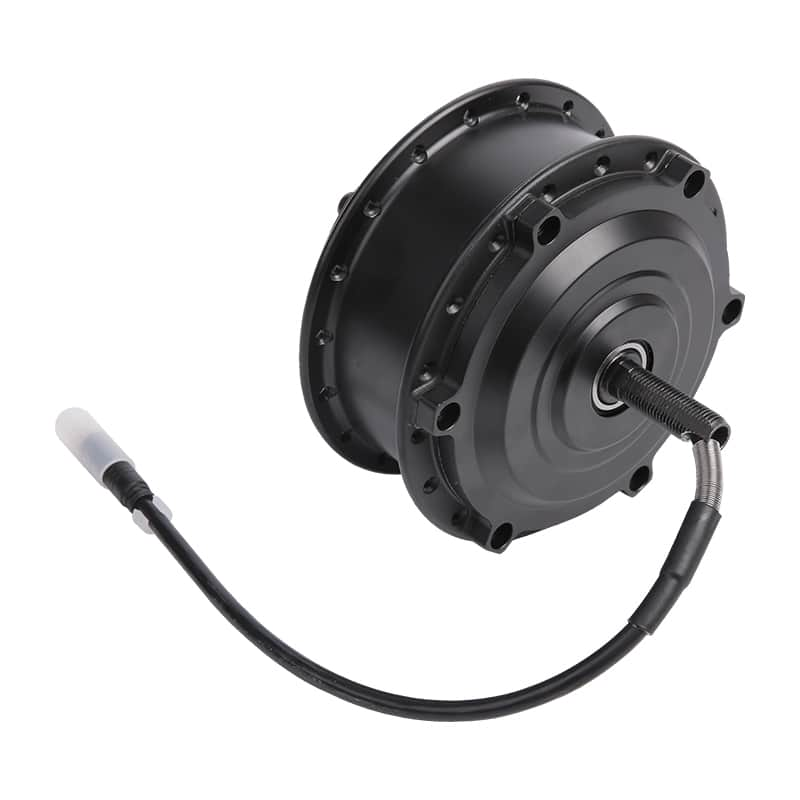Summary:1.Electricity Supply: The process begins with the provision of electrical energy from the electric bike's battery pack. This battery typically stores ...
1.Electricity Supply: The process begins with the provision of electrical energy from the electric bike's battery pack. This battery typically stores electricity in the form of chemical energy, which is converted into electrical energy when needed to power the motor.
2.Electromagnetic Induction: Within the electric bicycle motor, there are coils of wire wound around a central core, forming an electromagnet. When an electric current flows through these coils, it creates a magnetic field around the core. This phenomenon, known as electromagnetic induction, is the fundamental principle behind the operation of electric motors.
3.Interaction with Permanent Magnets: Most electric bicycle motors utilize permanent magnets positioned around the electromagnet core. These magnets create a fixed magnetic field within the motor. When the electromagnet is energized, the magnetic fields interact, resulting in a force that causes the electromagnet to move.
4.Rotor Movement: The electromagnet, also known as the rotor, experiences a torque or rotational force due to the interaction between the electromagnetic field and the fixed magnetic field of the permanent magnets. This torque causes the rotor to rotate, thereby initiating mechanical motion.
5.Transmission of Power: The rotational motion of the rotor is transmitted to the drivetrain of the electric bicycle through a system of gears or a direct drive mechanism. This mechanical power is then transferred to the bicycle's wheels, propelling the bike forward.
6.Control and Regulation: The amount of electrical energy supplied to the motor, and thus the intensity of the electromagnetic field and resulting torque, can be controlled and regulated by the motor controller. This component adjusts the motor's speed and power output based on input from the rider, such as throttle position, pedal cadence, or torque sensors.
7.Conversion Efficiency: Throughout this process, some electrical energy is inevitably lost as heat due to resistance in the motor windings and other factors. However, modern electric bicycle motors strive to maximize efficiency through design optimizations, such as using high-quality materials, minimizing friction, and implementing advanced control algorithms.


